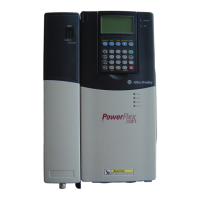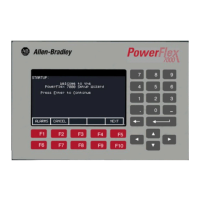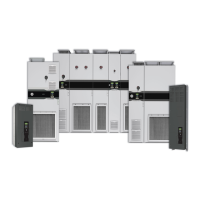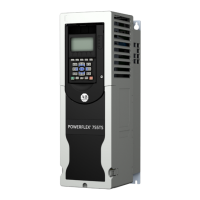2-8 Determining Dynamic Brake Requirements
Step 6 Percent Peak Load of the Internal Dynamic Brake Resistor
Skip this calculation if an external dynamic brake resistor will be used.
PL = Peak load in percent of dynamic brake resistor
P
av
= Peak braking power calculated in Step 2 (watts)
P
db
= Steady state power dissipation capacity of dynamic brake
resistors obtained from Table A.A
(watts)
Calculate Percent Peak Load of the dynamic brake resistor:
Record Percent Average Load of the dynamic brake resistor:
The calculation of PL in percent gives the percentage of the
instantaneous power dissipated by the Dynamic Brake Resistors relative
to the steady state power dissipation capacity of the resistors. This will
give a data point to be drawn on one of the curves provided in Section
3.
PL =
PL
P
b
P
db
--------
100×=
PL
oooooooooo[]
oooooooooo[]
-----------------------------------
100×=

